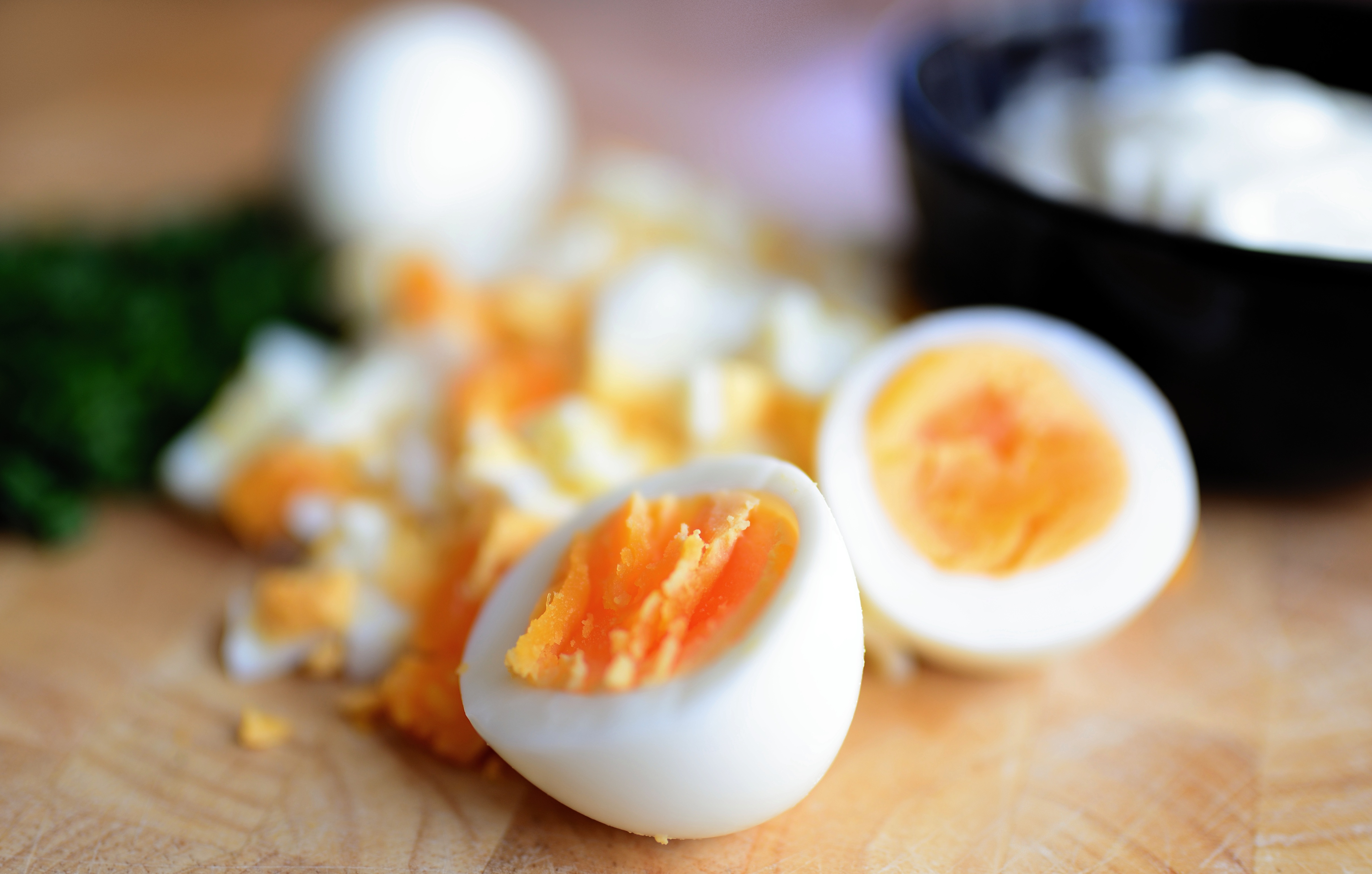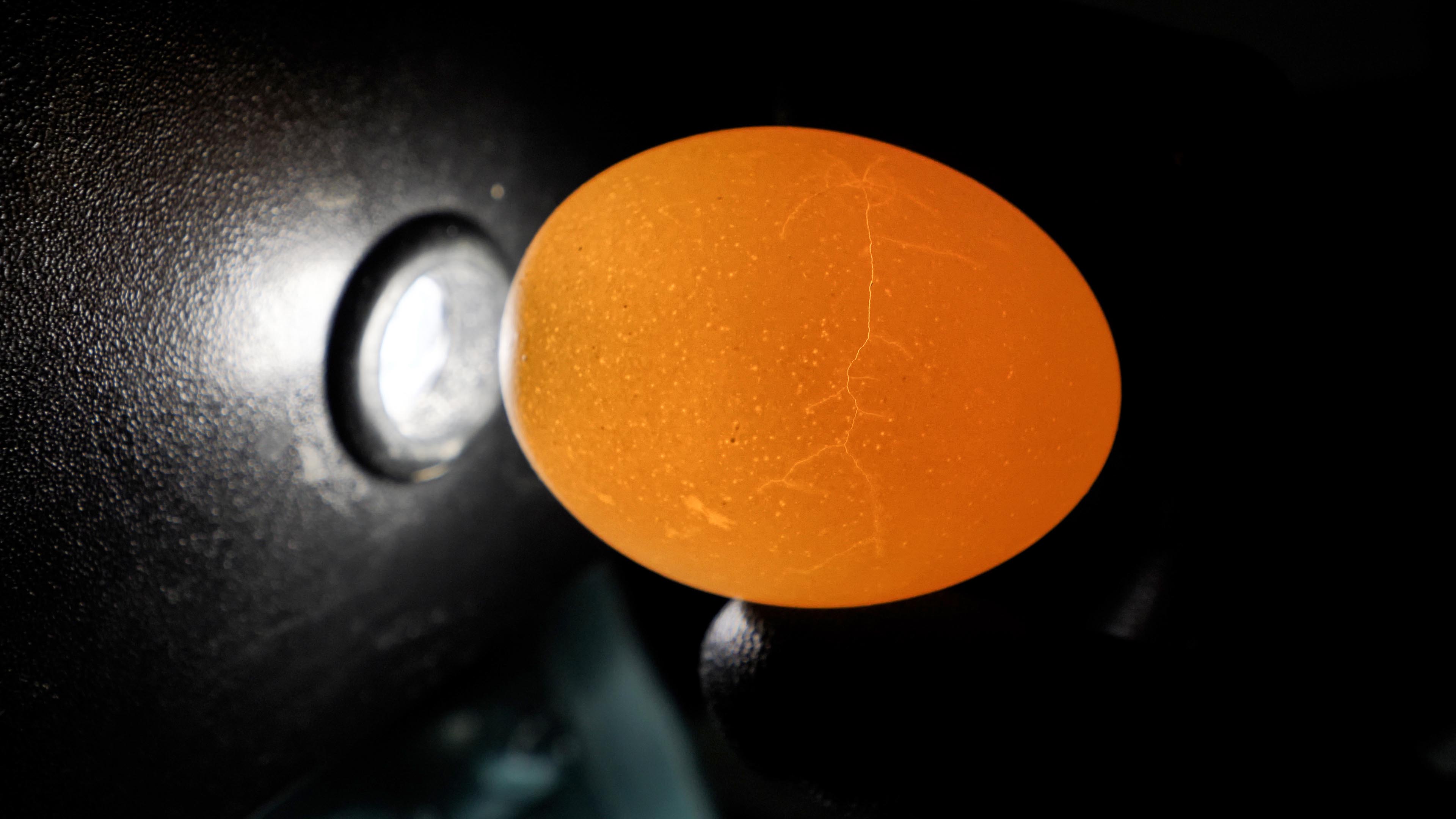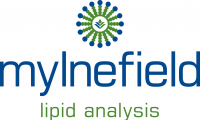Egg-centric Nutrition for Humans

For most of the British population, hens’ eggs are important part of the diet, but early this year there were steep rises in prices and scarcity on the shelves of our supermarkets. The BBC reported that from September to November 2022, egg prices rose from between 15-50%. These rises are the result of steep increases in energy and feed prices. In addition, the war in Ukraine has led to greatly increased wheat prices. Wheat is a major constituent of chicken feed. In addition, the outbreak of avian flu reduced levels of egg production, with some producers exiting the business.
Sadly, it seems engrained in the British psyche that egg consumption raises your blood cholesterol levels, and thus is bad for your heart. However, we now know that the effect of cholesterol-rich foods on human blood cholesterol levels is small and clinically insignificant (Gray and Griffin, 2009). The hen egg is a protein rich, nutrient dense food that can make a significant contribution to the balanced diets of humans. Add to that, that eggs are not very energy dense: a medium sized egg (58g), yields just 78 kcal and the saturated fat content is just 1.7g or 3.2% (FSA, 2002). Eggs are also a useful source of micronutrients, including the fat-soluble Vitamins A, D and E, and the water-soluble B vitamins riboflavin, folic acid, and Vitamin B12, and a nutritional source of minerals such as iron, zinc, iodine, and selenium. The nutritional profile of any egg is highly dependent on the amount and type of chicken feed used. The feed can be enhanced with specific nutrients with the aim of acting as a bio-magnifier and concentrating the said nutrients in the egg. Eggs rich in Vitamin D and Omega-3 Fatty Acids are now well established in the market. Clearly, it is important for egg retailers, food manufacturers using eggs and egg producers to know the nutritional profile of eggs. A specialist analytical lab such as Mylnefield Lipid Analysis can analyse egg samples and supply the nutritional profile.
Back in the 1990’s, in the UK, COMA (the department of Health: Committee on the Medical Aspects of Food Policy) recommended that the intake of dietary cholesterol should not rise beyond an average of 245mg/day. At the time, the British Heart Foundation interpreted this data by recommending limiting egg consumption to around 3 eggs a week. To this day, it is still possible to hear health professionals echoing this advice! It is important to stress, that since 2008, the British Heart Foundation no longer suggests restricting egg consumption, and indeed recommends their consumption as part of a healthy diet. A similar approach has been taken by the UK Food Standards Agency. However, it is still important to know the cholesterol levels in eggs because a small proportion of the population (around 1 in 500) have an inherited condition called familial hypercholesterolemia. These individuals have a greatly increased risk of developing high blood cholesterol levels, and for them, dietary cholesterol sources will often contribute to elevating LDL and total cholesterol levels in their blood. Hence, it is prudent that egg suppliers can inform their customers of the cholesterol content of their eggs. Specialist analytical laboratories such as Mylnefield Lipid Analysis can precisely determine the cholesterol content in egg and egg products.
Hens’ eggs have several bioactive molecules where evidence for health benefits is appearing. These include lysozyme, cystatin, and betaine. Lysozyme acts by killing Gram positive bacteria. It achieves this by hydrolysing peptidoglycans within their cells (Zdrojewicz 2016). Cystatin is a cysteine protease inhibitor. It has anti-bacterial and anti-viral properties and is believed to stimulate cell growth. Betaine protects cells from osmotic inactivation and increases cell water retention.
The feed used for laying hens has a dramatic effect on the type and amount of fats found in their eggs. The lipid content of egg yolks is around 60% on a dry weight basis. These lipids are typically 62% Triacylglycerols (TAGs) and 33% Phospholipids (PLs). The cholesterol content is around 5% on the same basis. Choline is one of the major phospholipids. Choline is actively accumulated in human neural tissue and is metabolized in the body to form acetyl choline, an important neurotransmitter. Chicken feed highly influences the nature and distribution of polyunsaturated fatty acids (PUFA’s) but has little influence on the monounsaturated or saturated fatty acids (Oliveira, 2010). A feed rich in soybean or sunflower oil produces eggs rich in Omega-6 PUFAs, particularly icosatrienoic acid (C20:3). Sunflower oil produces appreciable amounts of arachidonic acid in the egg (C20:4), an omega 6 fatty acid known to be important for brain development in infants and young children. A feed rich in linseed oil produces eggs rich in Omega-3 fatty acids, but the levels of the Omega-3’s Eicosapentaenoic acid (EPA) and Docosahexaenoic acid (DHA) (with proven human health benefits) are still relatively low at 0.3% and 2% of total PUFA’s. For this reason, the feed of hens used to produce Omega-3 enriched eggs usually also contain fish or algal oil (which are rich in EPA and DHA) as well as linseed oil. It is very useful for egg producers and users to know the PUFA profile of their eggs. Specialist analytical laboratories such as Mylnefield Lipid Analysis can provide this information.

The lipid content of egg yolks is around 60% on a dry weight basis. These lipids are typically 62% Triacylglycerols (TAGs) and 33% Phospholipids (PLs).
To reduce the risk of bacterial or viral contamination of eggshells, once gathered, eggs can be washed in warm water, sometimes containing a disinfectant such as sodium hypochlorite. They are then rinsed and dried. An alternative is to irradiate the shells with ultraviolet light. The small end of the eggs is then placed face down into trays. These trays are taken to a dark area and a bright light is shone on them from underneath in a process of visual inspection known as “candling”. Here, the eggs are checked for cracks, blood spots, surface dirt or unusual shape. Any eggs that show such defects are rejected (Kashimori, 2017).

An example of the visual inspection process of eggs known as "candling"
On the December 1988, Edwina Currie, then the British junior health minister, told ITN news: "Most of the egg production in this country sadly is now infected with Salmonella.". The result was an overnight fall in egg sales of 60%. The British Egg Industry Council retorted that the risk of getting a Salmonella infection from eating an egg was less than one in 200 million (Hickman 2006). The minister resigned later the same year, but as with the cholesterol story, the thought is still deep in the memory of older, British, egg consumers. Perhaps the key point to remember is that the cooking process will kill any Salmonella bacteria that might be present. The possible presence of Salmonella in eggs, in in fact, related to its age.
The age of an egg is important. Eggs undergo physical and chemical changes with time which limit their shelf life. When an egg is laid, air enters the shell through the large end causing an air cell to form between the inner and outer shell membrane. As the egg ages, moisture within the egg is lost and the air cell expands. A minute number of eggs will contain Salmonella bacteria (ca 0.03%) but the numbers, found in whites of fresh eggs, are extremely low and do not pose a health risk to healthy people. However, as the egg ages, the vitelline membrane surrounding the yolk begins to degrade allowing iron and other nutrients to pass from the yolk to the white, allowing the Salmonella bacteria to multiply to dangerous levels. For this reason, eggs are best kept at a temperature of 10°C or less as Salmonella cannot reproduce at this temperature. In any event, the “use by dates” should be carefully observed, as these will be related to the integrity of the vitelline membrane (Kashimori 2017).
Nutritionally enhanced eggs are now widely available on British supermarket shelves. The egg provides a way of consuming micro-nutrients in an easy to consume, bioavailable form. The supermarket chain Sainsburys, sells eggs under their own label entitled “Enriched Multi Vit British Free-Range Eggs”. The egg delivers enhanced levels of Vitamin B12, Vitamin D and Vitamin A. In the case of the first two, the levels in the egg mean that consumption of two eggs will supply close to the daily requirement. The “Vitamin Plus” egg range produced by the Happy Egg Company claims its’ eggs have tenfold the vitamin D and Vitamin E, and twice the levels of the B vitamins, biotin, and folic acid, compared to a standard, large egg. Eggs with enhanced levels of Omega-3 fatty acids are also now widely available. The chickens are fed with a feed rich in Alpha Linolenic Acid (ALA) (from linseed/flaxseed) and/or Eicosapentaenoic acid (EPA) and Docosahexaenoic acid (DHA) (from fish or algal oil). Only the EPA and DHA omega 3 fatty are recognised by the European Food Safety Authority (EFSA) as having health benefits. The chicken can convert some of the ALA it consumes into EPA and DHA, but the process is inefficient. The medium sized, M&S Omega-3 enriched egg delivers 300mg EPA/DHA per 100g (Open Food Facts, 2023). This means consumption of two such eggs a day will ensure the minimum consumption for adults of 250mg per day of EPA and DHA advised by EFSA is met.
The case for generous consumption of eggs in the diet is strong for most of the population. Indeed, the case seems to get ever stronger!
References:
BBC News, 30th November 2023; Egg shortages: What's causing the problem and how long will it last? www.bbc.co.uk/news/explainers-63778665
Food Standards Agency, 2002, McCance and Widdowson, the composition of Foods, 6th Summary Edition; Royal Society of Chemistry, Cambridge.
Gray J & Griffin B; 2009, “Eggs and Dietary Cholesterol – dispelling the myth”; British Nutrition Foundation, Nutrition Bulletin, 34; 66-70.
Happy Eggs https://happyegg.com/vitamin-egg/
Hickman M, 2006, The Independent, 17 November, “The Big Question: Was Edwina Currie right about salmonella in eggs, after all?”.
Kashimori A; 2017, The Illustrated Egg Book, Context Publications.
Oliveira DD et al.; 2010; “Effects of lipid sources in the diet of laying hens on the fatty acid profiles of egg yolks”; Poultry Science 89(11); p 2484-2490.
Open Food Facts. 6 free range British mixed size eggs Omega 3 enriched - Marks & Spencer - 6 eggs (328 g) (openfoodfacts.org) Accessed 26.01.23.
Zdrojewicz Z et al.; 2016; “Hen's egg as a source of valuable biologically active substances”; Postepy Hig Med Dosw; 6;70(0):751-9. doi: 10.5604/17322693.1208892
Written by Dr Rob Winwood for Mylnefield Lipid Analysis on 30th January 2023
Revised and updated 29th June 2023.
